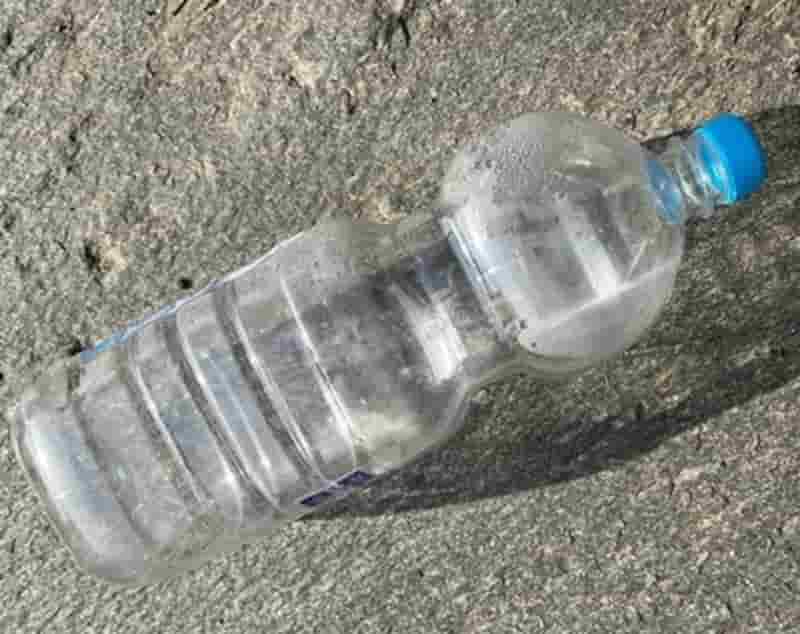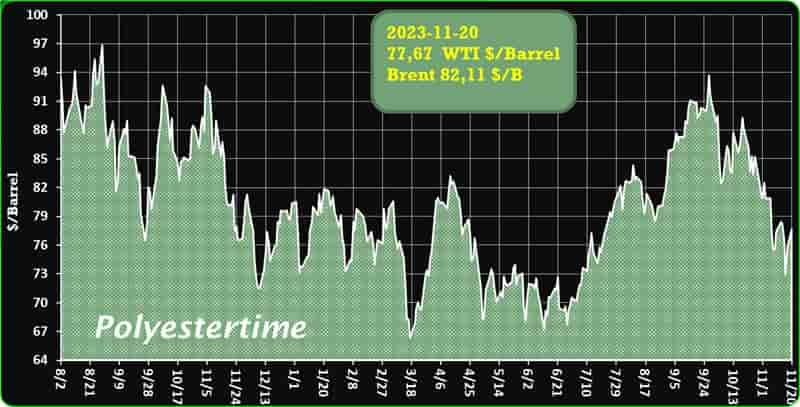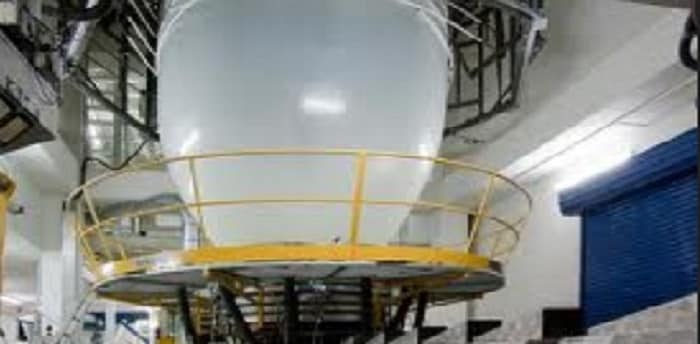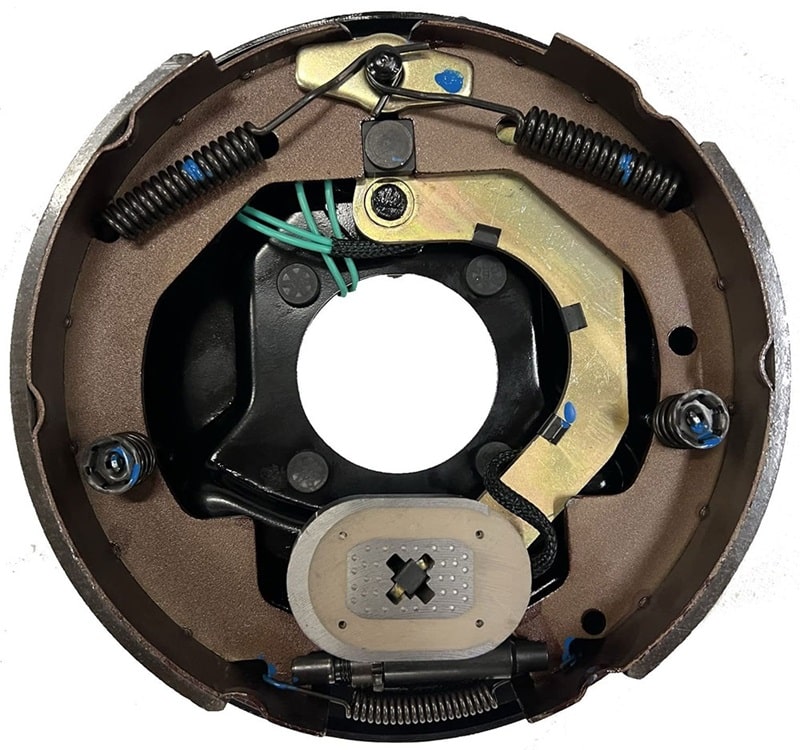CP’s business director will share learnings at Compounding World Expo
Recycling post-consumer nylons for high-performance applications is possible – and achievable with high product consistency and low energy consumption. Circular Polymers by Ascend leader Maria Field has been tapped by Compounding World Expo to show attendees the possibilities. Blue hydrogen
In her talk titled “Nylon Recycling: A Circularity Story,” Field will discuss how mechanical recycling can convert end-of-life carpet back into usable nylon 6,6 or nylon 6, without the use of added water. With Circular Polymers’ recycling technology, these materials can find new life as fibers or pellets used in new applications, including high-performance engineered materials. The company also recycles polypropylene, PET and calcium carbonate from carpet.
“Recycling carpet has never been more efficient or effective,” Field says. “At Circular Polymers, our proprietary process allows us to convert landfill-bound carpet into feedstocks for materials that go into finished goods such as automobiles, electric vehicles, furniture, household appliances and more.” Blue hydrogen
Field’s presentation is scheduled for 2:40 p.m. Nov. 15 at Compounding World Expo Theater Two in Cleveland, Ohio. The show runs Nov. 15-16, and Circular Polymers will co-exhibit with its parent company, Ascend Performance Materials, in Stand A-1208.
Ascend experts will be on-hand to discuss ReDefyne™, a line of post-consumer and post-industrial recycled compounds designed for demanding applications, such as under the hood of autos and in electric vehicles. Blue hydrogen
Circular Polymers by Ascend, a leading recycler of post-consumer carpet, provides the feedstocks for ReDefyne production. It also offers recycled fibers and pellets as feedstocks for compounds and injection molding applications. Earlier this year the company launched Cerene™, a line of recycled polymers and materials.
Ascend Performance Materials, a fully integrated producer of durable high-performance materials, is known for its innovations in nylon 6,6. Cerene continues that legacy with offerings in nylon 6,6 while also bringing to market recycled polymers such as nylon 6, PET and PP.
“Customers around the globe are seeking consistent and reliable post-consumer recycled materials,” said Maria Field, business director of Circular Polymers by Ascend. “All our feedstocks and Cerene materials come from a mechanical recycling process that minimizes carbon footprint and environmental impact.” Blue hydrogen
Circular Polymers by Ascend has redirected 85 million pounds of carpet from landfills into new goods in its California facility since 2018. Industry recognition includes the Plastic Industry Sustainability Innovation award, Innovation Showcase award from the Association of Plastic Recyclers, Arrow Award from the California Product Stewardship Council and Processor of the Year award from the Carpet America Recovery Effort.
Ascend has published its 2030 Vision, a set of nine sustainability targets including a target to reduce waste by 40% and reduce its scope 1 emissions by 90%. The company recently announced two new efforts to reduce the carbon footprint of its products.
More…
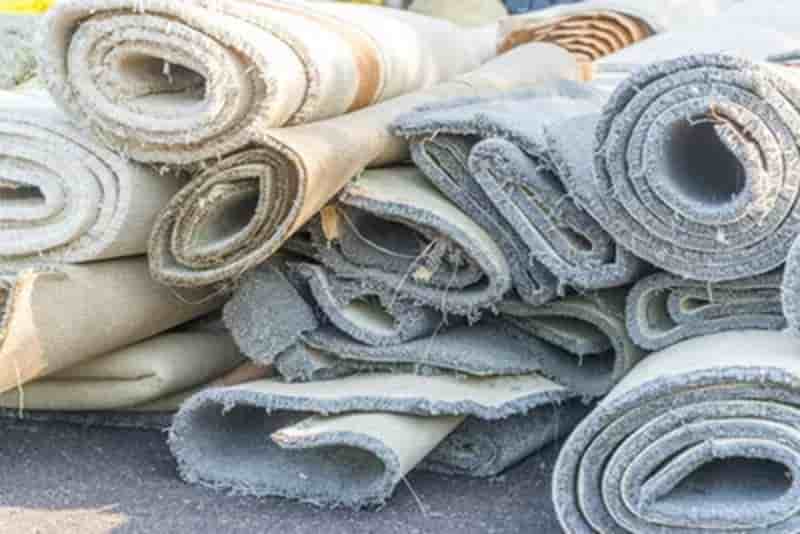
World’s largest plastic sorting facility promises a trashy revolution
A new state-of-the-art plastic sorting facility, the largest of its kind in the world, has been launched in Sweden. It’s big enough to receive almost all plastic waste from Swedish households. The technology could have implications for Australian governments and companies, who have been increasingly embracing the push to go green.
This factory is all about plastic. Blue hydrogen
Chocolate wrappers, plastic bags, yoghurt containers and white polystyrene boxes are making their way across a 60,000 square metre complex – to be broken down, separated by size, and sorted in a fully automated process.
Mattias Philipsson is the CEO of Sweden Plastic Recycling.
“This what the end result looks like. Here we have each plastic type separately sorted. Here we have ketchup bottles. Here we have a creme fraiche packaging. Here we have a lot of candy wrappers. Here we have rigid, different plastics. And everything is sorted separately, so it can be recycled separately.”
The new plant is called Site Zero, built to receive 200,000 tons of plastic household waste a year Blue hydrogen
While there isn’t yet a market for each type of plastic they sort, upcoming EU legislation is set to require new plastic packaging to contain at least 35 percent recycled material.
The legislation is part of a worldwide push to tackle what Robert Blasiak from the Stockholm Resilience Centre says is a massive plastics pollution problem.
“To date, about 8 billion metric tons of plastic have been produced globally. It’s basically about one metric ton for every person alive today. In most of the world, there aren’t waste management facilities equipped to deal with that scale of plastic pollution… It’s thought that only about 9 percent of that has been recycled, about 12 percent has been incinerated and about 79 percent has entered the natural environment into the ocean, into landfills, into waterways. It’s still with us.”
There’s been a worldwide push for sustainability and a reduction in greenhouse gas emissions, and some signs at the grassroots level that the green message is getting through. Blue hydrogen
In Stockholm, a supermarket called ICA is stocking a grey detergent bottle made from Site Zero’s recycled materials.
ICA packaging manager Karin Jawerth.
“This particular product is the flagship of the circularity that we are trying to achieve, where our recycled packaging becomes a new packaging, and it’s only coming from Swedish households.”
Karin Jawerth says the supermarket wants to work with Site Zero to use fewer types of plastic, avoiding dark plastics that machines struggle to sort and avoiding too much labelling that reduces the quality of the final recycled raw material.
“The most important purpose of the packaging is to protect the product. And it doesn’t matter how recyclable the packaging is if it doesn’t protect the product and we generate more food waste… And it’s not only about recyclability when it comes to sustainable packaging. It’s also about how much packaging material you’re using, how well you can empty the products.” Blue hydrogen
More…
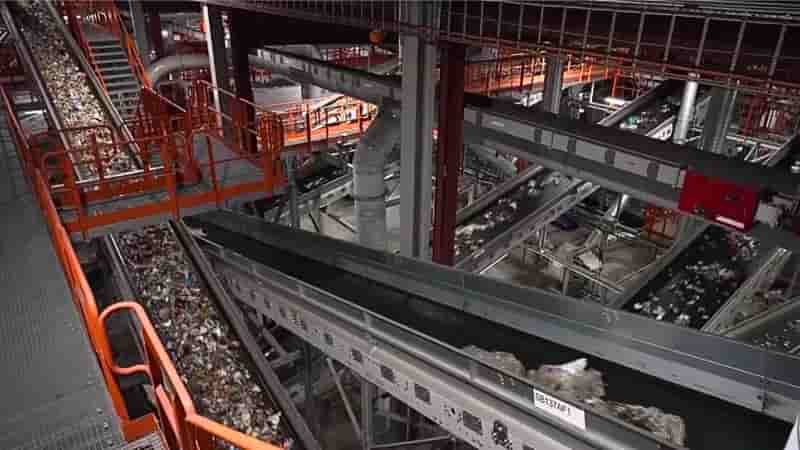
Neste, Mitsui Chemicals, and its subsidiary Prime Polymer are packaging dried seaweed slices with bio-based raw materials for the Japanese Consumers Co-operative Union (JCCU) brand CO-OP.
Prime Polymer is processing Neste RE, a polymer feedstock made entirely from bio-based raw materials, into renewable polypropylene under the brand name Prasus. The polypropylene will then be converted for JCCU food packaging.
This is expected to provide the same quality and performance as its predecessor while cutting down on both fossil-based content and the packaging’s carbon footprint. It uses mass balancing to allocate renewable material to the plastic packaging.
The partners report that the seaweed snack packaging is the first of its kind – i.e., packaging made with renewable plastics in a mass balance approach – to receive the Japanese Eco Mark certification. Blue hydrogen
“Change begins with small things,” Lilyana Budyanto, head of Sustainable Partnerships APAC at Neste’s Renewable Polymers and Chemicals business unit. “In this case, it’s slices of dried seaweed.
“However, the impact of renewable plastics packaging isn’t small at all. It’s a crucial contributor to the sustainability transformation of the plastics industry and reducing emissions along the value chain. We are looking forward to the cooperation with Mitsui Chemicals, Prime Polymer and JCCU evolving.”
More…
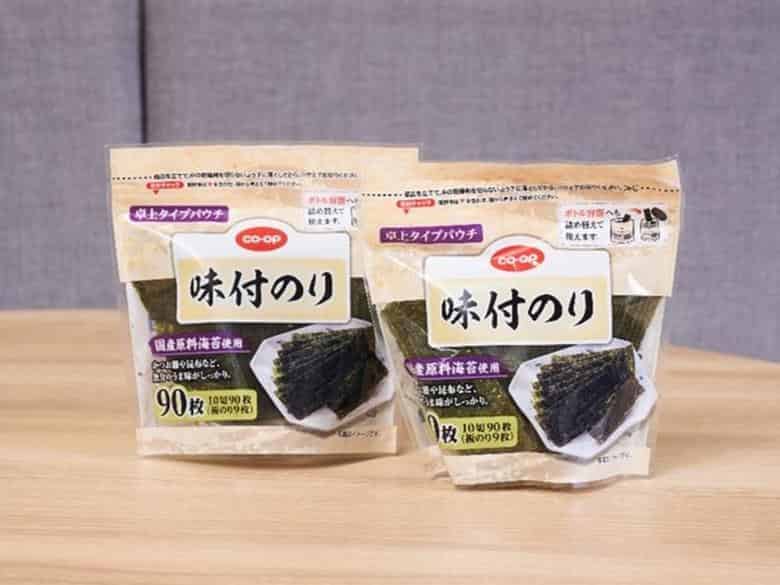
Semi-solid state batteries: a better alternative to solid state ones?
They can match the performance and safety of solid state batteries, but with a simpler and faster production process. Blue hydrogen
Thanks to a gel-like electrolyte, they are ready to hit the market sooner.
Solid state batteries are often seen as the ultimate solution for electric cars. They promise to deliver many benefits that make them highly desirable.
Many companies are working harto increase the energy density, but with an advantage: the gel allows a faster movement of ions between the electrodes, compared to a solid electrolyte.
A smart way to overcome technod to bring them to the market, but some researchers are raising an interesting question: what if the best batteries for the future were not solid, but semi-solid?
A semi-solid state battery has an electrolyte that is not liquid, but gel-like (and present in very small amounts). Blue hydrogen
Like solid state batteries, it aims logical challenges A solid electrolyte, made of ceramic or polymer, is much more difficult to manufacture.
That’s why some startups that are developing solid state batteries are considering adding some gel (or liquid) to their products, to improve their performance.
Some examples are Factorial Energy, StoreDot, Lyten and QuantumScape.
Semi-solid state batteries can offer similar performance to solid state batteries, but with a lower cost and complexity. Blue hydrogen
Some analysts even wonder if solid state batteries are worth pursuing, given the challenges they face and the advantages of semi-solid state batteries.

UFlex’s innovative, sustainable product lines in Q2 FY24
UFlex Limited launched several innovative and sustainable products across business verticals in Q2 FY24. The company also won several awards in the quarter ended September 30, 2023.
Packaging Films Business
F-PTX high-barrier thermal stable alox film (offline coating): F-PTX is a high barrier thermal stable transparent Alox BOPET film. The film has a protective printable layer atop a high-barrier vacuum deposit on one side and the other side is primer-coated or untreated. This film has excellent moisture and oxygen barrier properties and is environmentally friendly. It has an increased yield compared to PVDC-coated films and is a good replacement for PVDC/EVOH (PE) coated films. This film is suitable for high-barrier applications such as dried meat snacks, confectionaries, microwavable foods, etc. The film is suitable for hot fill, sterilization, pasteurization, and retort applications (125⁰C/45min), which makes it eye-catching and suitable for industrial packaging.
F-UMF melamine-free BOPET Film (Inline Coating): F-UMF is a transparent BOPET film. One side of the film is a UMF chemical-coated surface, with the other side being untreated or corona-treated. It possesses high clarity, excellent machinability and handling properties, and excellent metal bond strength. Blue hydrogen
On one hand, the coated surface provides excellent adhesion with various types of inks and adhesives, and on the other, the corona treatment improves bonding. The film is suitable for printing, lamination, metallization and hot fill, pasteurization, sterilization, and retort application.
CWR White opaque retort-grade CPP film (Functional Raw Material)
CWR white opaque retort-grade CPP film (Functional raw material): C-CWR is a co-extruded white opaque film that is treated for aseptic/retort packaging on one side. It provides excellent sterilization performance, lamination adhesive anchorage, and high seal strength. The primary application areas of this film are sterilization and pasteurization, hot filling, and packing ready-to-eat food. Blue hydrogen
B-TAS Transparent Anti-fog with Low SIT BOPP Film (BOPP, functional raw material co-extruded layer modification): B-TAF is a newly designed anti-fog (both cold and hot) sealable treated layer on one side and an anti-fog with LOW SIT heats sealable layer on the other side. Good anti-fog functionality (both cold and hot), anti-fog side SIT (<85 °C), good seal performance, and good machinability are some of the quality improvement approaches offered by this film. It is primarily used in the packaging of fresh foods and vegetables and also in hot and cold anti-fog applications.
More…
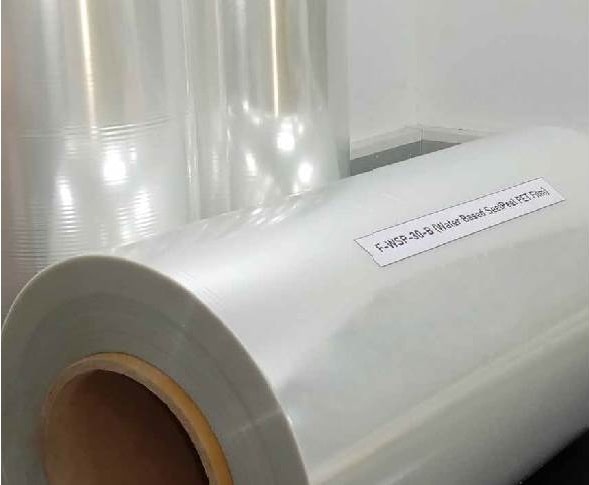
Today, Japanese and South Korean leaders are expected to announce a joint supply network for hydrogen and ammonia at the Asia Pacific Economic Cooperation (APEC) meeting. Blue hydrogen
The initial announcement did not restrict the supply chain to renewable energy-based green hydrogen and ammonia, according to the Nikkei report of the development.
Without clear guardrails, experts say this may lead to fossil fuel-based blue hydrogen and ammonia expansion, which would prolong the use of coal and gas and delay the transition to renewable energy in the Asia region. Blue hydrogen and ammonia rely on the use of carbon capture and storage (CCS), which has historically failed to significantly reduce greenhouse gas emissions.
The world’s top LNG importers have been pushing for the expansion of fossil fuel-based blue hydrogen and ammonia domestically and abroad.
Japan’s “Green Transformation” (GX) strategy directs 150 trillion yen ($1 trillion) in public-private investments including nuclear and fossil fuel-based technologies such as LNG, carbon capture storage (CCS), ammonia and hydrogen co-firing at thermal plants as part of its strategy for Asia’s energy transition. Blue hydrogen
South Korea also aims to expand hydrogen and ammonia including the conversion of 24 coal plants to ammonia co-firing plants by 2030, which experts say will likely prolong the use of coal. While South Korea plans on establishing a clean hydrogen certification system next year, lawmakers are continuing to debate over whether to include fossil fuel-based blue hydrogen in the definition.
Japan’s Mitsubishi Corporation, Korea’s Lotte Chemical, and Germany’s RWE signed an agreement in February to develop an ammonia production and export project in the U.S. that would produce up to 10 million tons of blue ammonia per year.
Japan’s Mitsui & Co. and South Korea’s GS Energy are also planning on producing up to 1 million tons of blue hydrogen per year in the United Arab Emirates with UAE’s oil major ADNOC. Blue hydrogen
More…
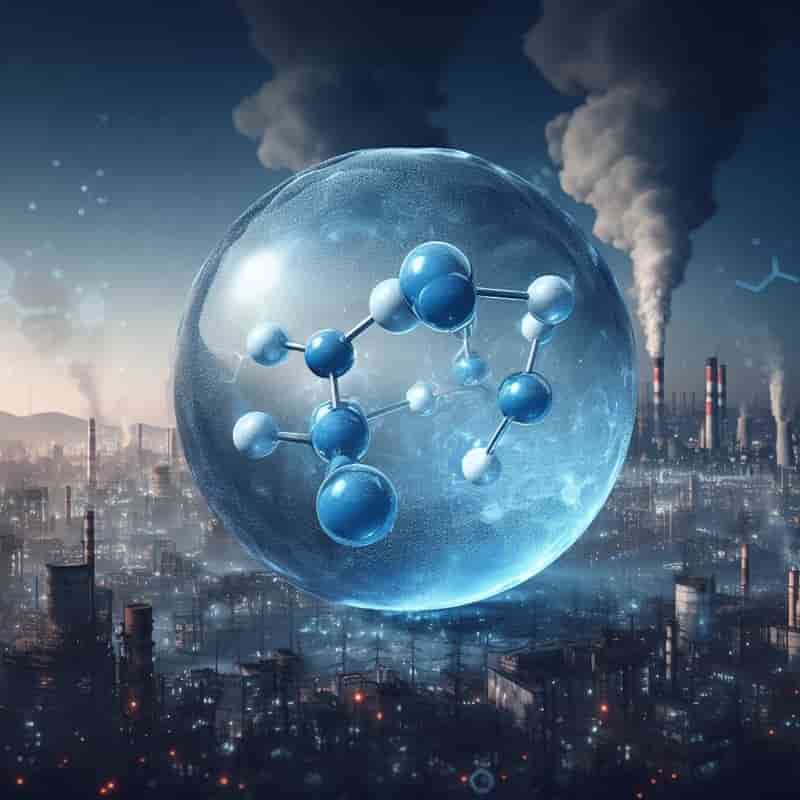
White hydrogen – Setting Up a Recycled Polyester Manufacturing Plant: Project Report 2023 18-11-2023
Blue hydrogen


